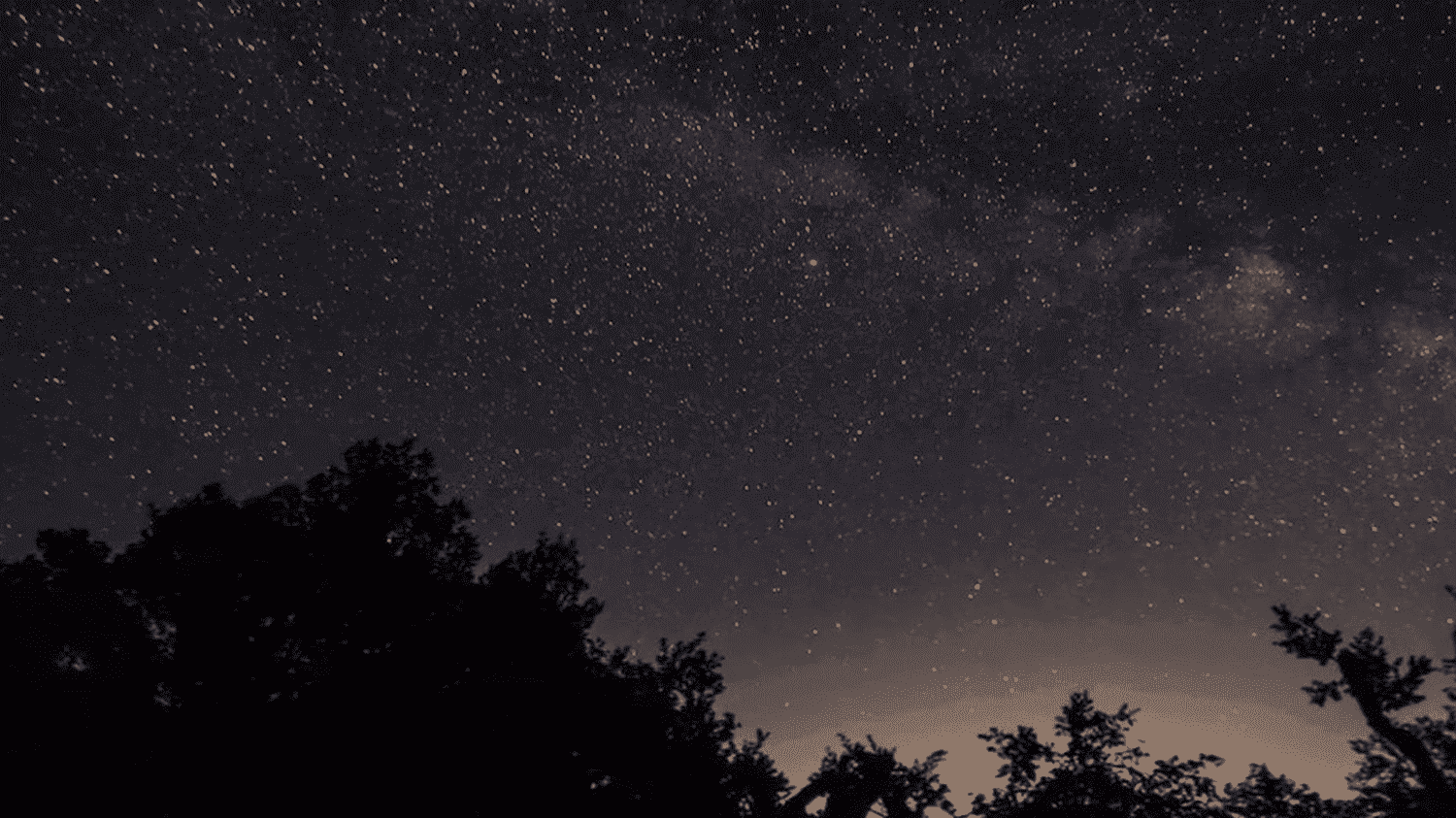Posted
Video length: 5 min.
Article written by

Still having the possibility of gazing at the stars is a real issue for generations to come due to light pollution. It is now difficult to capture them with the naked eye in many cities. In the Cévennes, the park is protected from light pollution and the spectacle is majestic.
Night falls on the Cévennes National Park. In the dark, astronomy enthusiasts get ready. That evening, they will observe the stars in exceptional conditions. Over there, the celestial vault is full of treasures even with the naked eye. “We have the Big Dipper which is clearly visible. (…) We have the Pleiades, we see them all, we call them the seven sisters here”points out Hervé Roche, owner of a gîte.
The first international dark sky reserve in Europe
Thanks to astrophotography, celestial objects reveal all their beauty. “Inside [de la nébuleuse d’Orion], it is a nursery of stars. Stars are being born, it’s very pretty”, says Pierre Verney, member of the association of amateur astronomers in the Cévennes. 80% of the world’s population can no longer see the Milky Way because of light pollution. The Cévennes are a preserved observation ground, but increasingly rare. “It is a common good of humanity and to spoil it with lights or not satellites in shambles, it is a kind of crime”, launches Pierre Verney. The national park is now the first international dark sky reserve in Europe. This was partly possible thanks to the efforts of municipalities to limit their light pollution.
